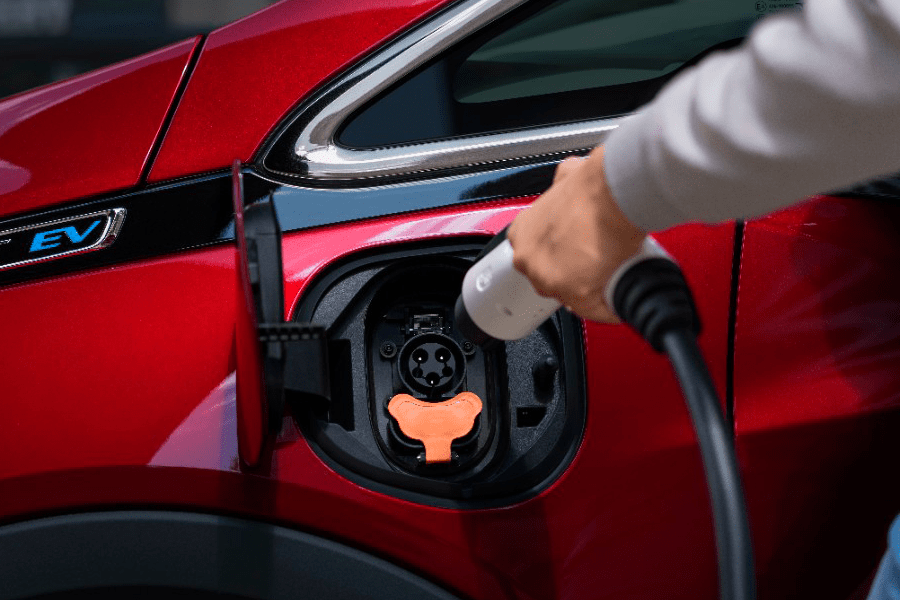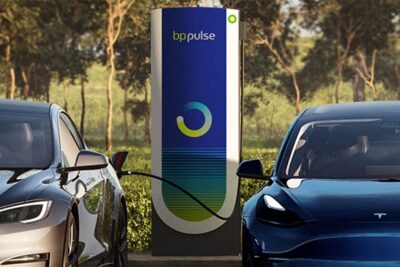Colorado to build up to 20,000 charging stations by 2023
Colorado regulators approved Xcel Energy’s $110 million transportation electrification plan, which aims to install up to 20,000 charging stations across the state by 2023, as well as provide rebates for EV purchasing, and to help manage the new charging load.
In response to the state’s stated target of 1 million EVs on Colorado roads by 2030, funding has been approved for infrastructure expansion as well as further purchase subsidies. In an effort to broaden the distribution of the purchase subsidies, approximately 15% of the program budget directed toward equity-focused programs. Further, the commission’s approval also includes a $5 million pilot to provide rebates to income-qualified customers. Xcel will offer upfront $5,500 rebates for new EV purchases and $3,000 for used EVs for qualifying customers.
“We estimate over the next three years, the number of light-duty EVs we serve in Colorado will grow from about 30,000 to nearly 100,000,” Xcel Energy spokesperson Michelle Aguayo said. “Across the eight states we serve, we estimate the number of EVs will increase from nearly 45,000 to more than 130,000 in 2023.”
In regards to the charging load, Aguayo adds: “In 2023, we estimate this equals more than 300,000 MWh of charging in Colorado, and more than 450,000 MWh across the states we serve, with additional charging likely to come from medium and heavy-duty vehicles”.
Additional components of the plan to help optimise charging use will be an educational campaign, to encourage charging “during low-cost times for the grid, which can reduce charging costs for customers”. This may also play an important role as the state begins to expand on the current network of 2,906 public and 337 private electric charging outlets.
The plan also doesn’t include long-term public management of charging stations, instead hoping to inspire the private market to catch up: “given these considerations, we expect to re-visit this issue and, at this time, we do expect to see a reduced role for utility ownership in a more mature market and will expect to address how utility ownership changes as competition develops.”





0 Comments